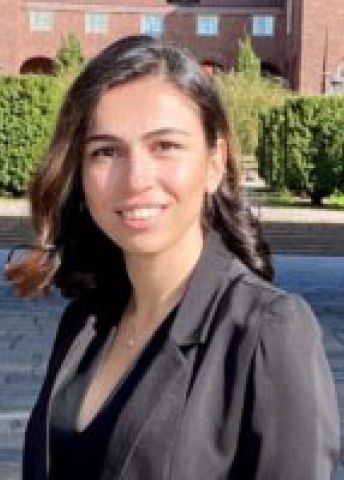
Program for mathematics 2021
Grant to a post-doctoral position abroad
Dr Nasrin Altafi
KTH Royal Institute of Technology
Postdoc at Queens University, Canada
Grant to a post-doctoral position abroad
Dr Nasrin Altafi
KTH Royal Institute of Technology
Postdoc at Queens University, Canada
Revealing the properties of geometric families
Nasrin Altafi received her doctoral degree in mathematics from KTH Royal Institute of Technology in 2020. Thanks to a grant from Knut and Alice Wallenberg Foundation, she will hold a postdoctoral position with Professor Gregory G. Smith at Queen’s University in Kingston, Ontario, Canada.
Nasrin Altafi’s project deals with fundamental problems in algebraic geometry. This is classical area of mathematics in which algebraic equations for a geometric object are linked to its geometry. It allows for the use of algebraic tools when solving geometric problems.
One of the central problems in algebraic geometry is classifying families of geometric objects which share a particular property. Often, almost all but not quite all of the family members have the specific property. For example, for nearly everychoice of three points in the plane, there is a triangle with a point in each corner. But in the exceptional case that the three points lie on a line the triangle degenerates to a doubly covered interval. This phenomenon is related to a famous property of the so called the Hilbert function of the geometric objects. Using the Hilbert function, it is possible to calculate the number of independent conditions that can be found for a given geometric object.
Over the past fifty years, thanks to more powerful computers, increasingly extensive numerical calculations have become possible. Despite this, there are still significant limitations, where even apparently small problems can lead to calculations which take more than a lifetime, even with modern computers. Therefore, new calculation methods in algebra, geometry and combinatorics will instead be applied in this project, to study how members of a family of geometric objects behave in terms of the Hilbert function.